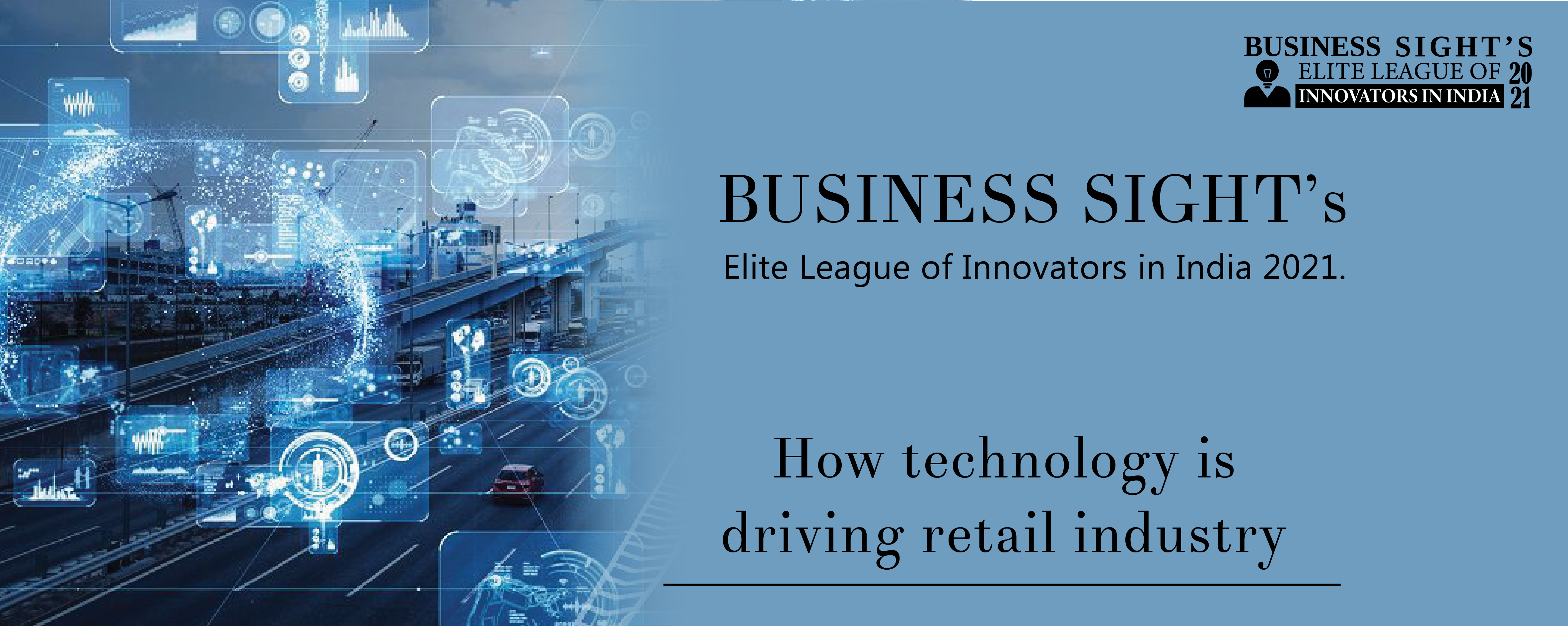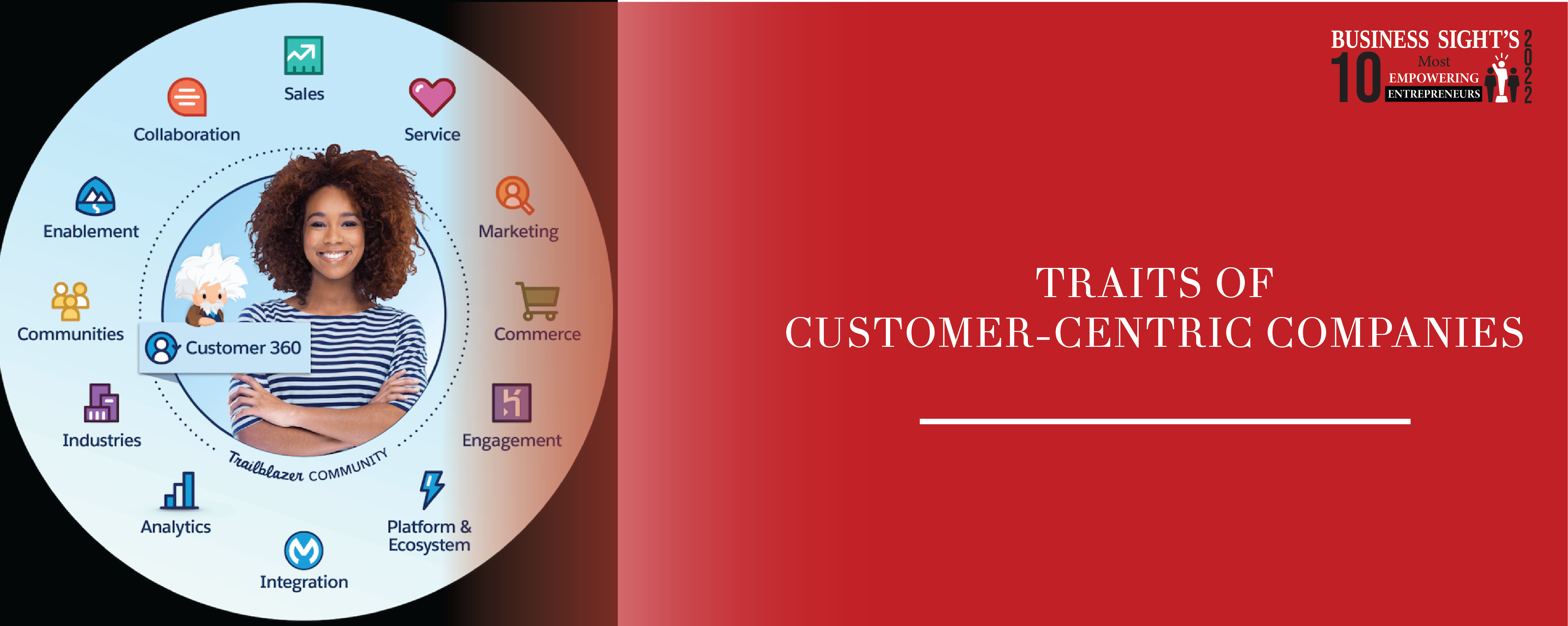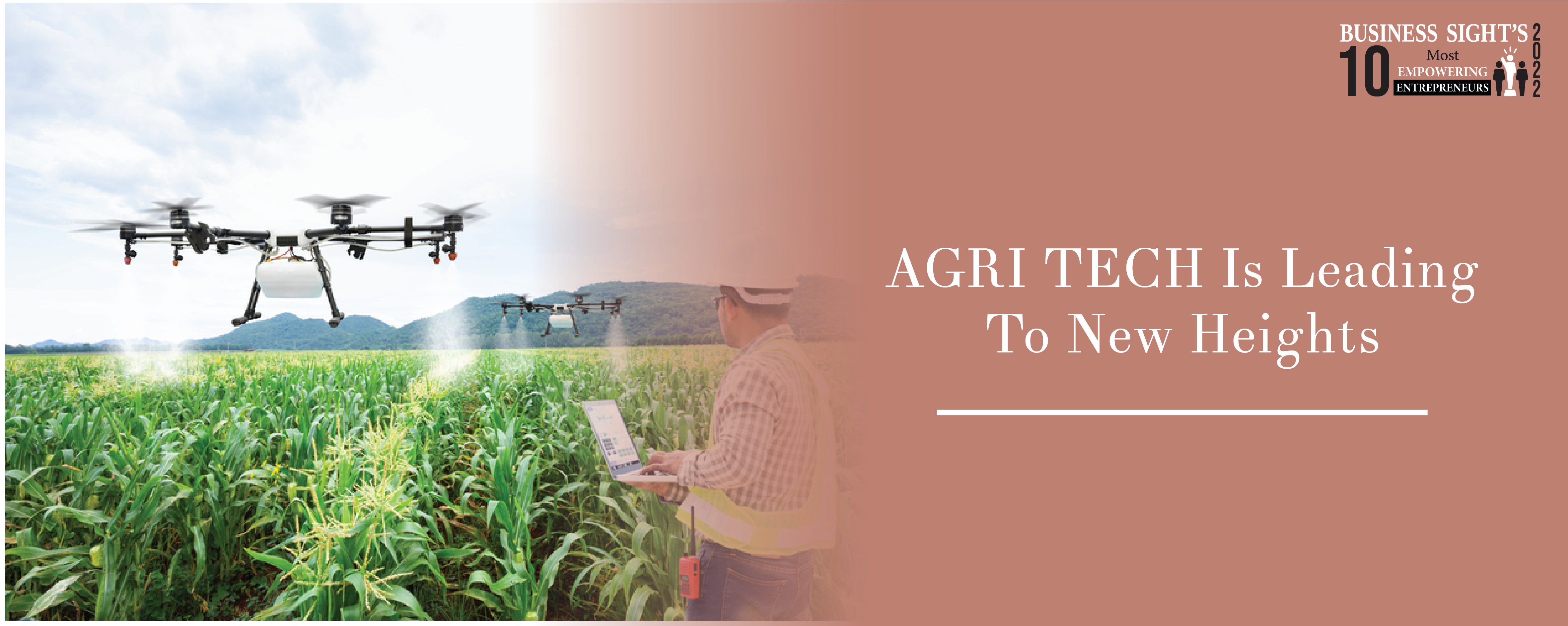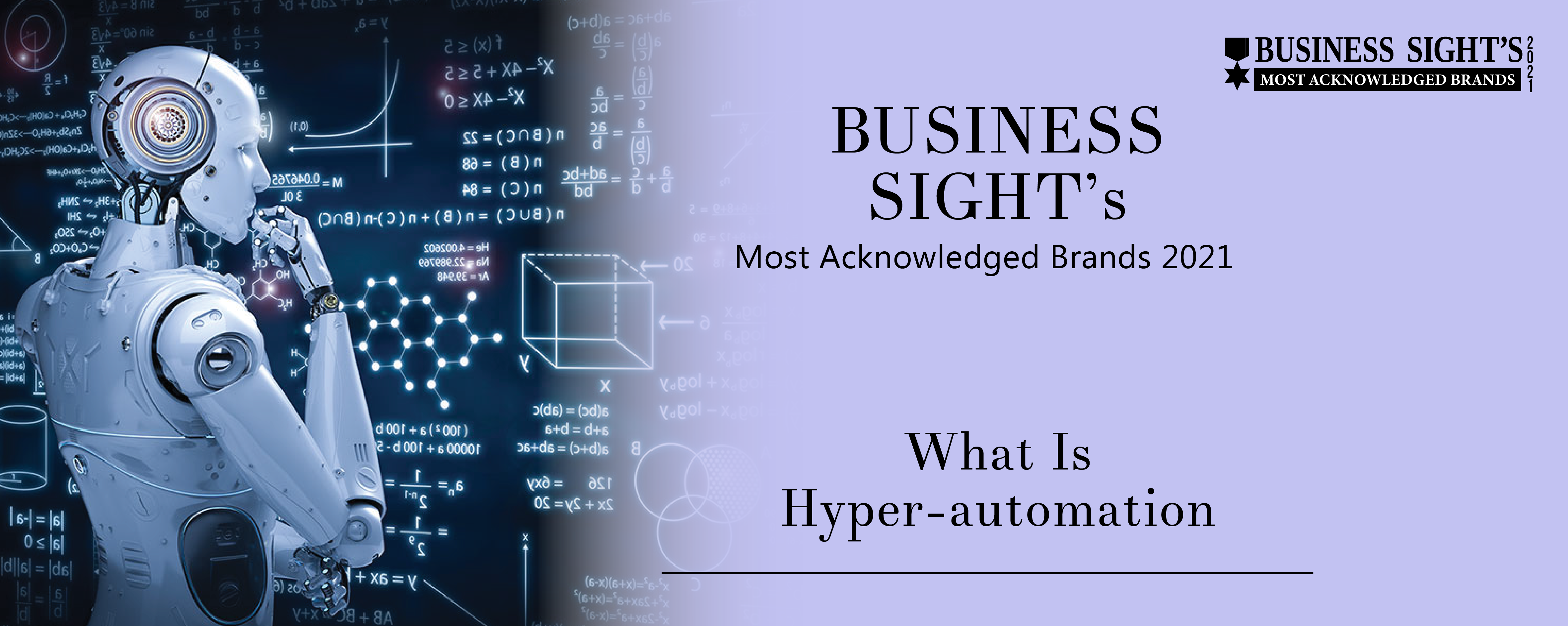The Indian Retail Industry is one of the most dynamic and fastest growing industries with an impressive employment potential while the year 2019 witnessed major developments across all industries and verticals, including some of the most crucial turn of events in the retail industry in India. As retailers struggle to differentiate themselves in the marketplace continues, retail success is measured on a brand-new metric customer experience per square foot, and this term is going to be a new standard in the industry. Retailing in India has emerged as one of the most vigorous as the year was certainly not the same for all, while the world’s largest athletic-gear maker Nike went on a consolidation spree in India to curtail losses. Whereas, brans like Adidas and Reebok shifted towards athleisure upon gauging its potential in the Indian market.
A number of international brands are entering the Indian retail sector accounting for over 10% of India’s gross domestic product. From major acquisitions such as that of Flipkart by Walmart, and of Heritage Foods, Lee Cooper and UK-based Laura Ashley by Future Retail to international furniture giant IKEA opened its first store in India at Hyderabad, Indian retail industry has seen a lot of changes since the year changed. Over the next decade, the success of the industry will be driven by severing factors such as a deep understanding of and connection to the empowered customer both offline and online and establishing future ready capabilities. The market will be defined by emerging technologies that change the way consumers interact with their favorite brands, a shift in preferences, and the emergence of new battle lines for e-commerce while the concept of shopping in India has dramatically transformed over years in terms of consumers’ preferences and attitude. According to the reports, retail organization will unlock USD 2.95 trillion in business value by 2026, hence businesses in retail industry will have to keep on the changing trends as modern retailing is penetrating the Indian Retail market in the form of multi-storied shopping malls, large shopping centers, and supermarkets and hypermarkets offering shopping, dining, and amusement, under the same roof.
Since the tech-savvy Millennial consumer demands speed and culture of retail convenience, retail stakeholders will increasingly invest in intelligent tools to provide omnichannel service to their customers, retailers are beginning to experiment with virtual commerce, which leverages virtual and augmented reality devices to create entirely new conveniences for tomorrow's consumers. Augmented reality (AR) is slightly different from virtual reality (VR) as it overlays holograms on top of the physical world around us and there are new trends such as click-and-collect delivery service or same-day shipping and delivery. Experts have noted that by 2020, the retail industry is slated to be the top spending industry on AR and VR while conversational Artificial Intelligence platforms will be significantly utilized in 2020 for setting new standards of business intelligence and advanced analytics. Chatbots were at a nascent stage until now, but in 2020 they will be increasingly utilized by Indian retailers for interacting with customers via messaging apps as the technology keeps on progressing. New technology will define how the industry will move forward and with it will come disruption in the sector and the brands which utilize chatbots will tap customers easily by initiating conversations with the customers, guiding them through the products or services, providing recommendations and updates, and processing orders.

















